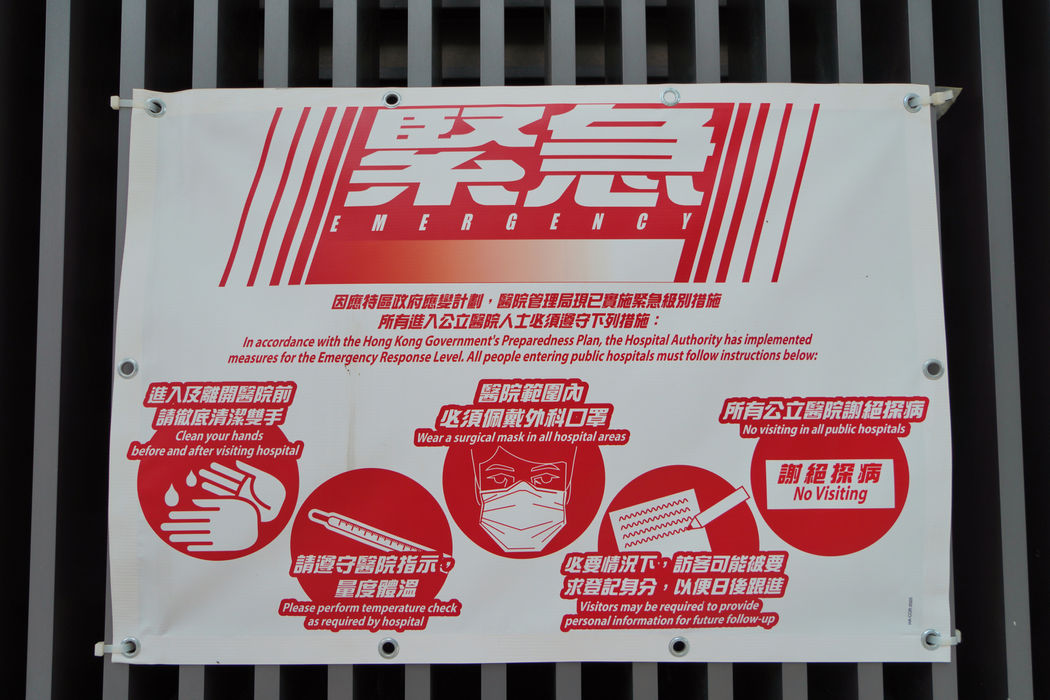As the deadly virus, COVID-19, started to spread globally in the beginning of 2020, countries around the world have been scrambling to respond by implementing tighter restrictions on their citizens and travellers. Some countries then started to enact travelling bans to constrain the virus.
The virus would spread through person-to-person contact up to 6 feet apart. According to Centres of Disease Control and Prevention, the most common symptoms are fever, dry cough and shortness of breath, which may appear in 2-14 days after being exposed to the virus.
Problems Behind the Masks
However, while the government is doing their utmost to combat the virus, many of the vulnerable groups are still struggling to face the consequence caused by the pandemic.
Read on to learn more.
The government soon announced a city-wide school closure and asked all its employees, except those providing emergency services, to work from home. Many of the social welfare services were hence suspended or only allowed to operate on a limited scale.
Face masks are also made mandatory in public space. All public entertainment venues are closed. Restaurants could not exceed the capacity of 50%, only allow a maximum of four people per table with limiting dine-in hours.
Hong Kong imposed its first temporary lockdown in Jordan, Kowloon on January 23, 2021 for two days to carry out mandatory testing of the coronavirus. And later the government announced to carry out “ambush” lockdowns of residences, forcing everyone to be tested for Covid-19 or be fined HK$5,000.
Source: Flourish
Shortly after Hong Kong reported its first confirmed case on January 23, 2020, the government officially declared the virus outbreak as “emergency” -- the city’s highest warning tier.
Source: Flourish
Source: Flourish













